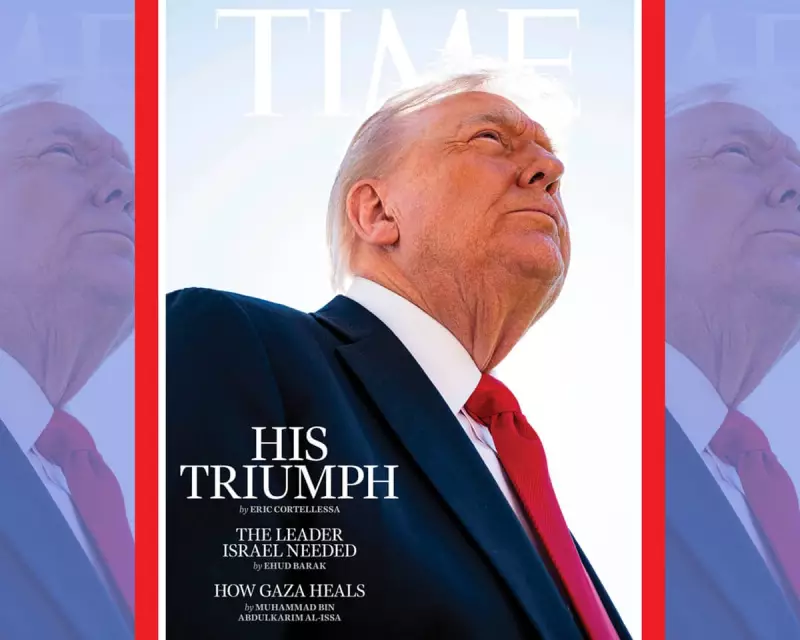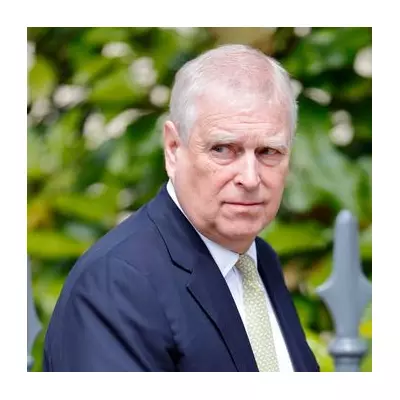
The political world was set ablaze this week as former President Donald Trump unleashed a torrent of fury over a 2025 Time Magazine cover, marking the latest chapter in his long-standing battle with the American media establishment.
The Cover That Sparked the Firestorm
Time Magazine's latest edition features a striking image of Trump that has sent the former president into what sources describe as an "apoplectic rage." The controversial cover captures a moment that has become emblematic of Trump's relationship with the press - one of mutual suspicion and frequent confrontation.
A History of Media Hostility
Trump's current outburst is far from an isolated incident. His relationship with Time Magazine specifically spans decades, characterised by what insiders describe as an "obsession" with how the publication portrays him.
The pattern is telling:
- Multiple instances of Trump displaying Time covers at his properties
- Previous allegations of manipulating cover displays
- A well-documented history of confrontations with magazine editors
- Ongoing battles over the narrative of his presidency and legacy
The Psychology Behind the Rage
Political analysts suggest Trump's reaction stems from a deep-seated need to control his public image. "For Trump, media coverage isn't just reporting - it's personal," explains Dr. Eleanor Vance, political psychologist at Cambridge University. "Every cover, every headline is viewed as either validation or betrayal."
Broader Implications for Political Discourse
This latest controversy highlights the ongoing tension between political figures and media institutions. The incident raises important questions about:
- The role of traditional media in covering controversial figures
- The power dynamics between politicians and press
- The impact of such conflicts on public trust in institutions
- The future of political journalism in polarised times
As the dust settles on this latest media firestorm, one thing remains clear: the battle between Donald Trump and the press shows no signs of abating, continuing to shape the landscape of American political discourse in profound ways.





